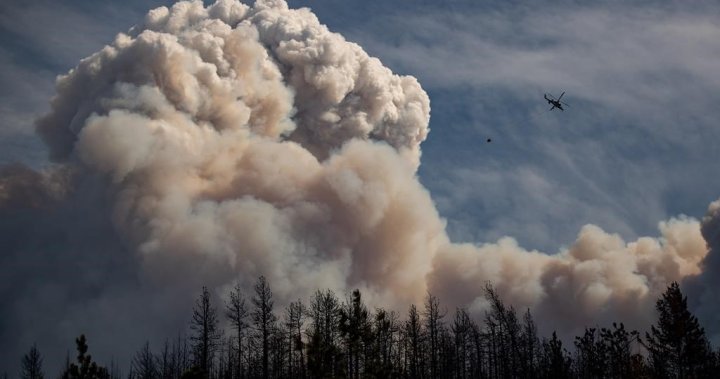A recent study published in Communications Earth and Environment suggests that the deadly heat dome that engulfed the Pacific Northwest in record-high temperatures in June and July 2021 was exacerbated by climate change. The study found that the heat dome was 34 percent larger and lasted 59 percent longer than it would have without global warming. This extreme heat event led to widespread wildfires across British Columbia, Washington, and Oregon, contributing to one-third of the total area burned across North America that year. Researchers also noted that the 2021 heat dome was significantly stronger and larger than any similar event in the past 40 years.
The 2021 heat dome lasted 27 days and was responsible for hundreds of deaths in western Canada and the United States. In British Columbia, the town of Lytton recorded the highest temperature ever seen in Canada before being destroyed by a wildfire that erupted shortly afterward. Cities like Seattle and Portland also experienced record-breaking temperatures during this period. The study linked the heat dome to an intensification of the 2021 North American wildfire season, with about 3.2 million hectares burned in July alone. Smoke from the fires traveled as far east as New York City, highlighting the widespread impact of these extreme weather events.
The study found that a significant portion of the land burned in North America in 2021 was directly attributed to fires that ignited during or shortly after the heat dome. The severity of the wildfires strained firefighting resources and led to extended periods of high national emergency preparedness levels in both Canada and the U.S. The study also highlighted the potential for future fire seasons to become even more challenging due to constrained resources and simultaneous fire risks in multiple regions.
The research conducted by lead author Piyush Jain builds on previous work that tracks the increasing severity of extreme weather events over time. The study identified a trend of rising high pressure systems linked to human-caused climate change, which contributed to the size and duration of the 2021 heat dome. Jain emphasized the importance of connecting extreme events to climate change in order to inform policy decisions and raise awareness about the impacts of a warming climate. The study adds to a growing body of research confirming the role of climate change in intensifying extreme weather events and increasing fire risk.
The study underscores the need for continued research to better understand the processes driving extreme weather events and their connection to climate change. By compiling data and building a holistic view of these events, scientists can provide valuable insights into the factors contributing to events like the 2021 heat dome and its associated wildfires. The research also aims to raise awareness in society about the direct link between climate change and extreme weather events, with the goal of informing policy decisions and adaptation strategies to mitigate the impacts of a warming climate.













